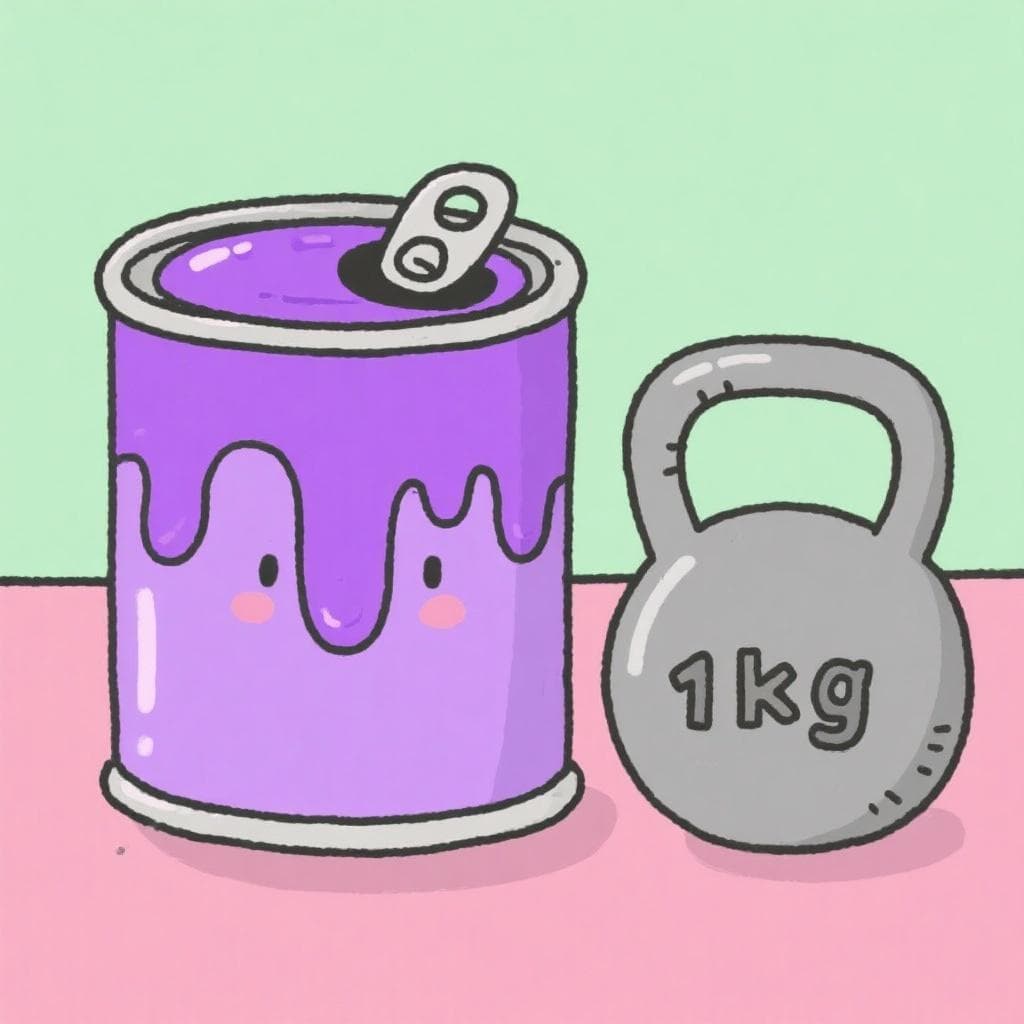Kilo de lila laca.
KI-lo de LI-la LA-ca
A kilo of lilac lacquer.
🔊 Listen & Practice
Start with slow speed to master pronunciation, then gradually increase to challenge yourself.
🎨 Visualization

A kilo of lilac lacquer. A short phrase that's a great workout for your 'l' sound!
🎯 Pronunciation Focus
The Clear Spanish 'l'
/l/The main challenge here is making a consistent, clear Spanish 'l' sound. Unlike the English 'l' in a word like 'feel' (where the back of your tongue rises), the Spanish 'l' is always 'light'. Make it by touching only the tip of your tongue to the ridge right behind your top front teeth.
Vowel Purity
/i/, /o/, /a/This twister forces you to switch quickly between the vowels 'i', 'o', and 'a'. The goal is to keep each vowel sound short, crisp, and distinct, without letting them get lazy or blend together.
📝 Practice Breakdown
Start here. Focus on making a light 'l' in both 'kilo' and 'lila'. Your tongue should quickly tap the same spot behind your teeth each time.
This is the key part. Practice the jump from 'lila' to 'laca'. Notice how your mouth opens wider for the 'a' sounds. Keep the 'l' sound quick and clear.
Key Words in This Tongue Twister:
📚 Background
This is a fantastic beginner's 'trabalenguas'. It's extremely short and easy to remember, but it perfectly isolates the Spanish 'l' sound, which is often subtly different from the English 'l'. It's a quick and effective warm-up for your pronunciation muscles.
❌ Common Pitfalls
Using the English 'Dark L'
Mistake: "Pronouncing the 'l' sounds like the 'l' in the English word 'full' or 'milk', which is made with the back of the tongue."
Correction: For a perfect Spanish 'l', keep the back of your tongue relaxed and down. Only the very tip should flick up to touch the roof of your mouth just behind your teeth. It should feel much lighter and quicker.
Sloppy Vowels
Mistake: "Blending the words so it sounds like one long word: 'kilodelilalaca'."
Correction: Exaggerate the vowel sounds at first: 'KEE-loh day LEE-lah LAH-cah'. Making sure each vowel is clear and distinct will help you separate the words, even when you say it fast.
🌎 Where It's Used
General Spanish
This is a simple, universal tongue twister used for pronunciation practice across the entire Spanish-speaking world.
🔗 Related Tongue Twisters
The Lilac Loop Challenge
How many times can you say 'Kilo de lila laca' in 10 seconds without making a mistake? Try to loop it smoothly with no pauses!
🏷️ Tags
Frequently Asked Questions
Why is the Spanish 'l' sound so important to practice?
It's a high-frequency sound that appears in many common words ('hola', 'familia', 'gracias por llamar'). Mastering the consistent, 'light' Spanish 'l' is a key detail that will make your accent sound much more natural and clear to native speakers.
Is this a real phrase people say?
Not in conversation, no. It's a 'trabalenguas' (tongue twister) created specifically as a fun exercise. The point isn't the meaning, but the physical challenge of saying the sounds correctly and quickly.
